1. The report’s interesting reading – what are the stand-out findings?
People have come to realise there is still a huge need for the office
At the beginning of the pandemic, there was talk of a seismic shift away from the office as people adapted to working from home. However, we have seen this come full-circle. Our report shows that, as time has gone on, people have come to realise there is still a huge need for the office – not only for performance purposes but employee wellbeing too.
Without access to a workplace, the majority of people are missing social interaction with their colleagues and, in fact, a quarter (25%) of respondents to the Office of the Future Report said their wellbeing has been negatively impacted by working from home. As the pandemic continues to impact working practices, many people are becoming increasingly isolated as a result of full-time remote working and, without access to a workspace, feel disconnected from both their colleagues and work culture.
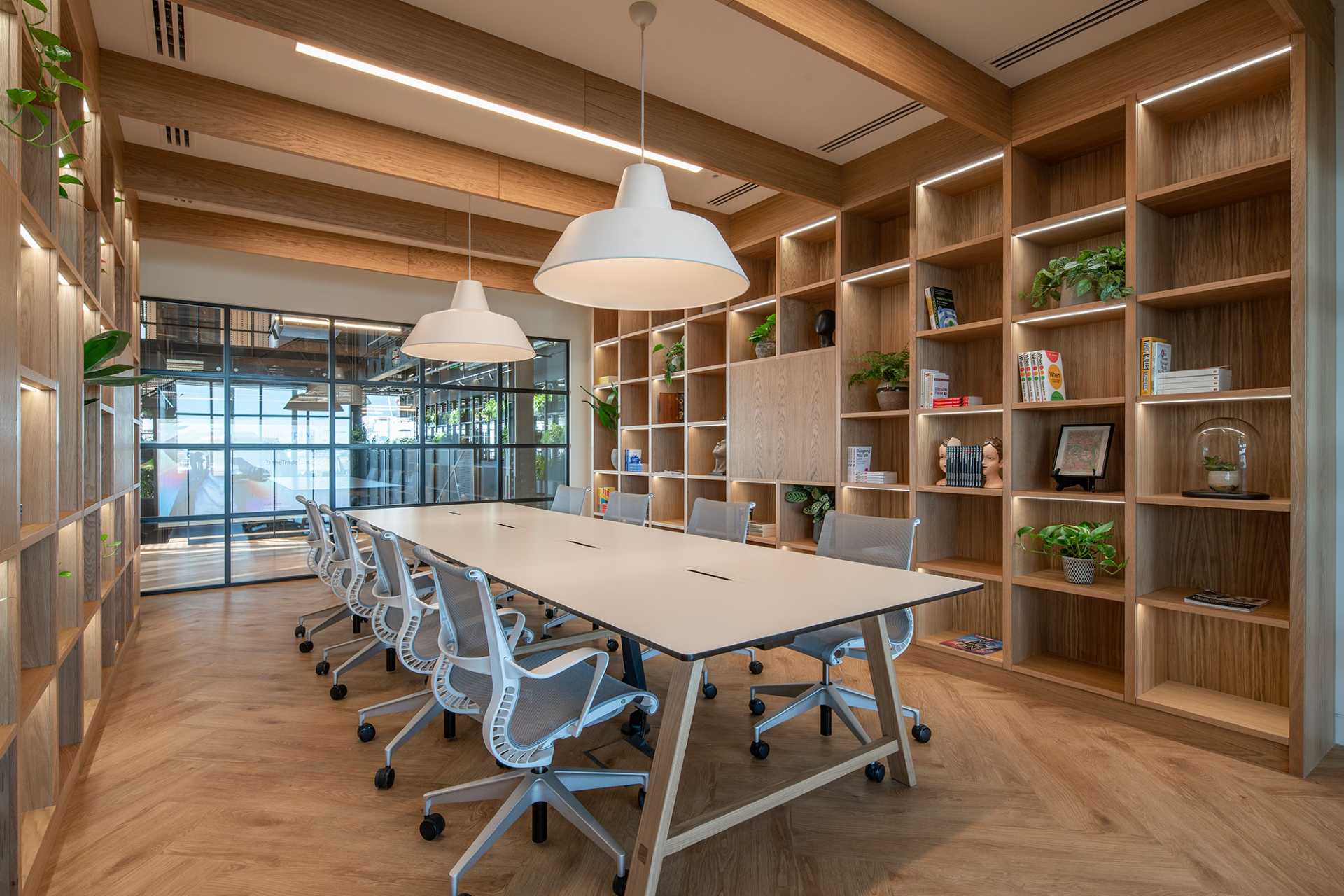
89% of respondents also highlighted the importance of learning from colleagues they work alongside for their own job satisfaction, while 48% of business leaders admitted employee motivation has proved to be the greatest challenge throughout the pandemic.
As a result, we have seen that the narrative has changed from ‘the office is dead’ to re-evaluating how and why we use the office, with businesses no longer underestimating the interpersonal communication and learning benefits that workspaces provide for staff.
All of this data this shows that, although there will likely be a change from the traditional daily 9-5 use of an office, for staff wellbeing as well as business culture and performance, workplaces still have an important role to play in a fulfilled working life.
2. Turning specifically to performance – what did you find?
Our report shows there is a definite general perception that business performance has declined as a result of Covid-19. A third (33%) of business leaders responded to say productivity has been adversely impacted within their workforce, based on their own unique methods of measuring this – suggesting that the performance of businesses goes hand in hand with operating in a shared workspace. When re-evaluating our use of the office, then, it is important to look at how these spaces can perform for users and how we can align business, user and space to maximize business potential.
3. Is Covid-19 completely to blame for this drop? Or, has it accelerated it?
The short answer is yes, as many businesses are not even considering returning to the office until Spring next year, meaning that many will have been working from home for over a year by the time they get back into a shared workspace.
Undoubtedly, some people are effective while working from home, however, for many it brings real challenges. If we look at the younger generations, for example, who are less likely to have their own homes or a larger living space, and are more likely to be working from their sofas or beds rather than desks, operating through Covid-19 has been tough on both their mental and physical wellbeing.
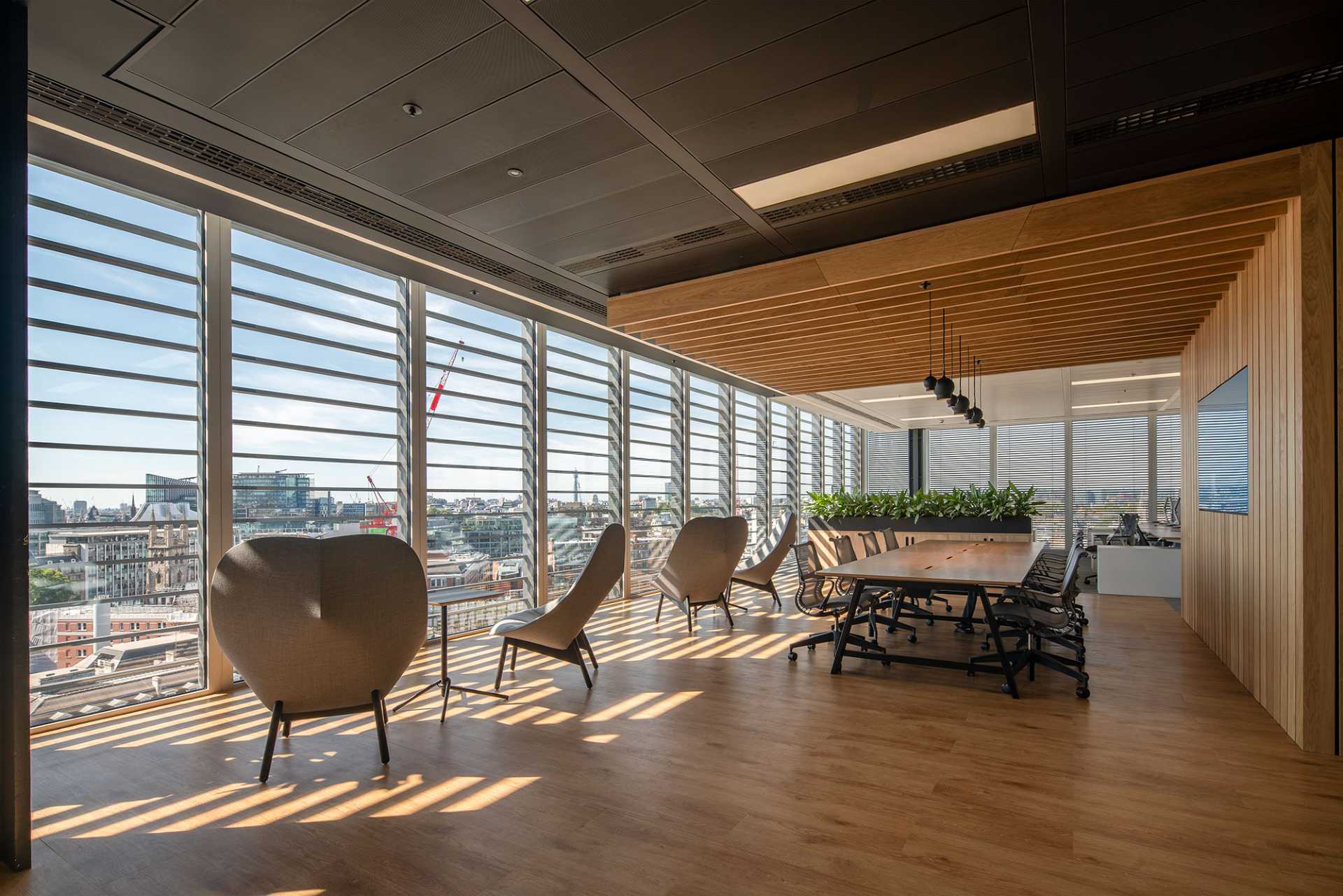
4. Is there a danger we’ll lose our ability to communicate & collaborate?
Some companies, like Twitter, said early on that people could work from home but that this was just for the duration of the pandemic and not indefinitely, while others, like Barclays, have come full-circle on the issue and have said they will keep their workspaces. Larger corporates will still need to have workplaces as a facility to learn, share knowledge, develop the next generation of talent and leaders and ultimately build and maintain business culture.
Students have had well documented troubles with remote teaching, and learning has proved to be very difficult and this is something we have seen reflected in the professional space too across industries. For corporates of all sizes, developing staff is an integral part of being able to grow efficiently and there is a definite need to learn from peers and colleagues in person as opposed to behind a laptop screen from your own kitchen, which is a huge reason why modern workspaces need to be developed.
5. Do you see home working as a ‘fad / bandwagon’ that causes more harm than good?
No. I think homeworking is here to stay, but what Covid-19 has done is accelerate the flexible working conversation by about ten years.
Pre-pandemic I would say there were three spaces:
- The first was your office where you would head on a Monday morning and it was written into employment contracts where your place of work was. Which also meant there was a stress on infrastructure to get us all to the office for 9am.
- The second space would be the client or coffee environment.
- The third space was the home, which was only available for a select few – if you had proven that you could effectively work from home, your job allowed it and your manager allowed it too.
In a post-pandemic world, the first and the third spaces will swap for many. So, your first space will become home, and employment contracts will be rewritten giving us a choice as to where we want to work. Whereas the third space will become the office, making it a destination environment through a specific need. Like a shop, employees will go to the workplace because they specifically need to, rather than going in every day.
The pandemic has ultimately given us more of a choice over where we work, as it has shown that technology, for the most part, enables the majority of us to work from home if we want. Flexible working will become a key decider for candidates, with two types of businesses emerging from the pandemic – those that lurch back to a pre-Covid world and enforce workplace attendance, while others will see it as a fantastic opportunity to springboard into the future and new ways of working. Ultimately, what businesses will need to understand is the difference between output and presenteeism.
6. What more can we do to encourage people (restrictions allowing) back to the office?
Workplaces need to be fun, encouraging and have a heart
We have to create an allure. Human beings are creatures of habit, we all get ‘FOMO’ and want to be part of something, so if we can create a space of genuine interest, people will want to come back to it. It is down to us as workplace consultants to make workspaces inviting to people, so that people have a reason to go there.
Workplaces need to be fun, encouraging and have a heart so that employees want to be a part of the business. The workspace is where friendships are built, it’s where the magic of the business happens, so as workplace experts we have to make these spaces reflect this and ensure they’re a fun place to be.
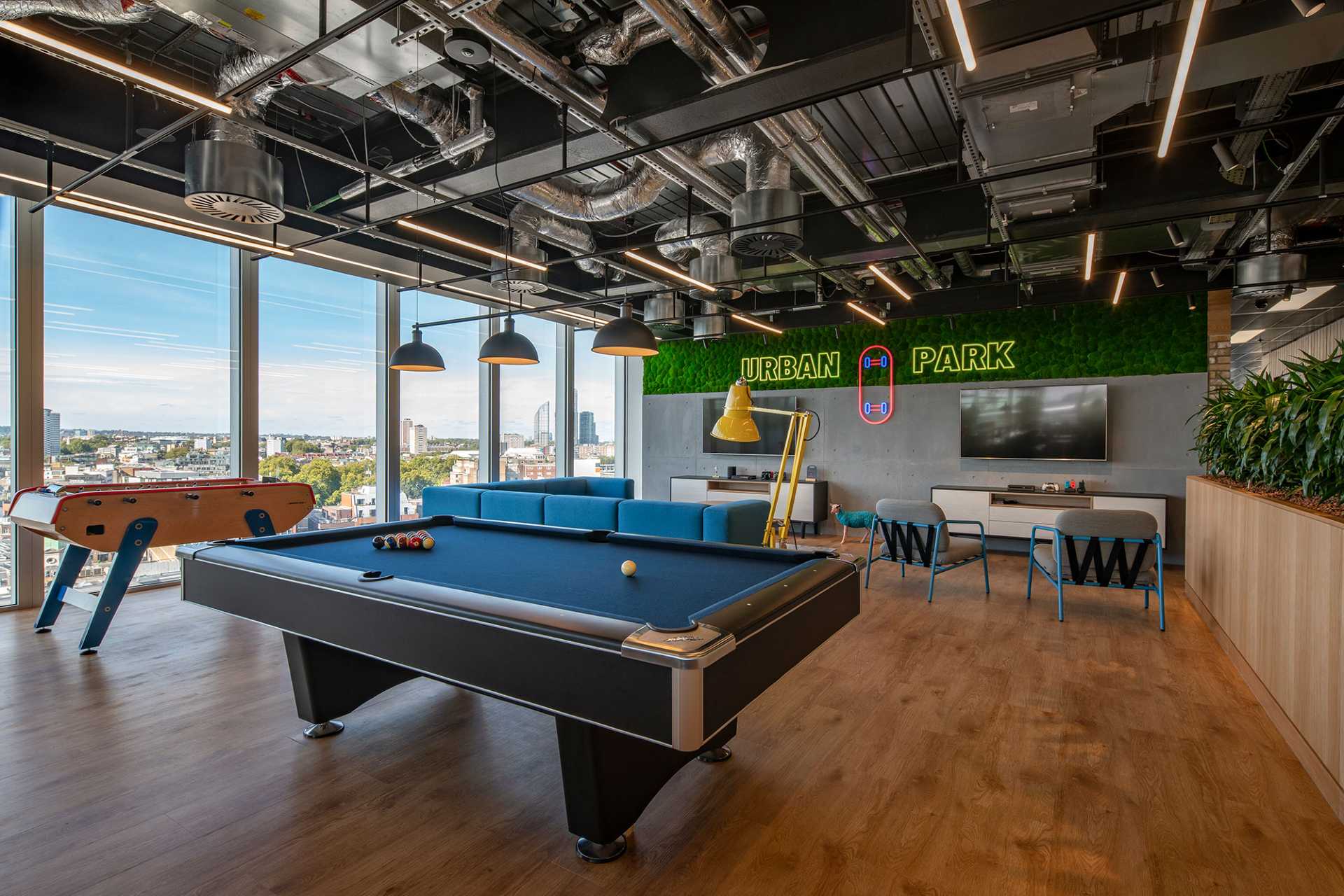
We also need to make environments where people can learn and socialise while working. For many across the country, the workspace is where core groups of friends want to spend time together, while it’s also the place where creativity thrives. As a result, spaces will need to reflect the free flowing and informal nature which many, more stereotypical, ‘office workers’ now blossom in.
As professionals, we must also accept that not everyone will need an office. We have learnt that for some, the ability to remain connected, collaborative and creative has been possible with no office during the pandemic.
Our role has evolved to demonstrate why clients should want an office, and why having an office enables them to do some things better than it could be done without a workplace. It’s about creating a desire!
7. What will the workplace look like in 5 years’ time?
The workplace will be very different, and will be centred around collaboration – becoming a learning and sharing hub, where staff relay information and intel and then go back to working individually, whether that be at home or elsewhere.
Landlords will turn more towards ready-to-work spaces, as will large corporates
I think they will generally become smaller in size over time, and will also focus more on coworking spaces. Large, multi-level workplaces, will continue to exist, as some companies are place based, but even those will have to offer a certain level of flexibility in employment contracts.
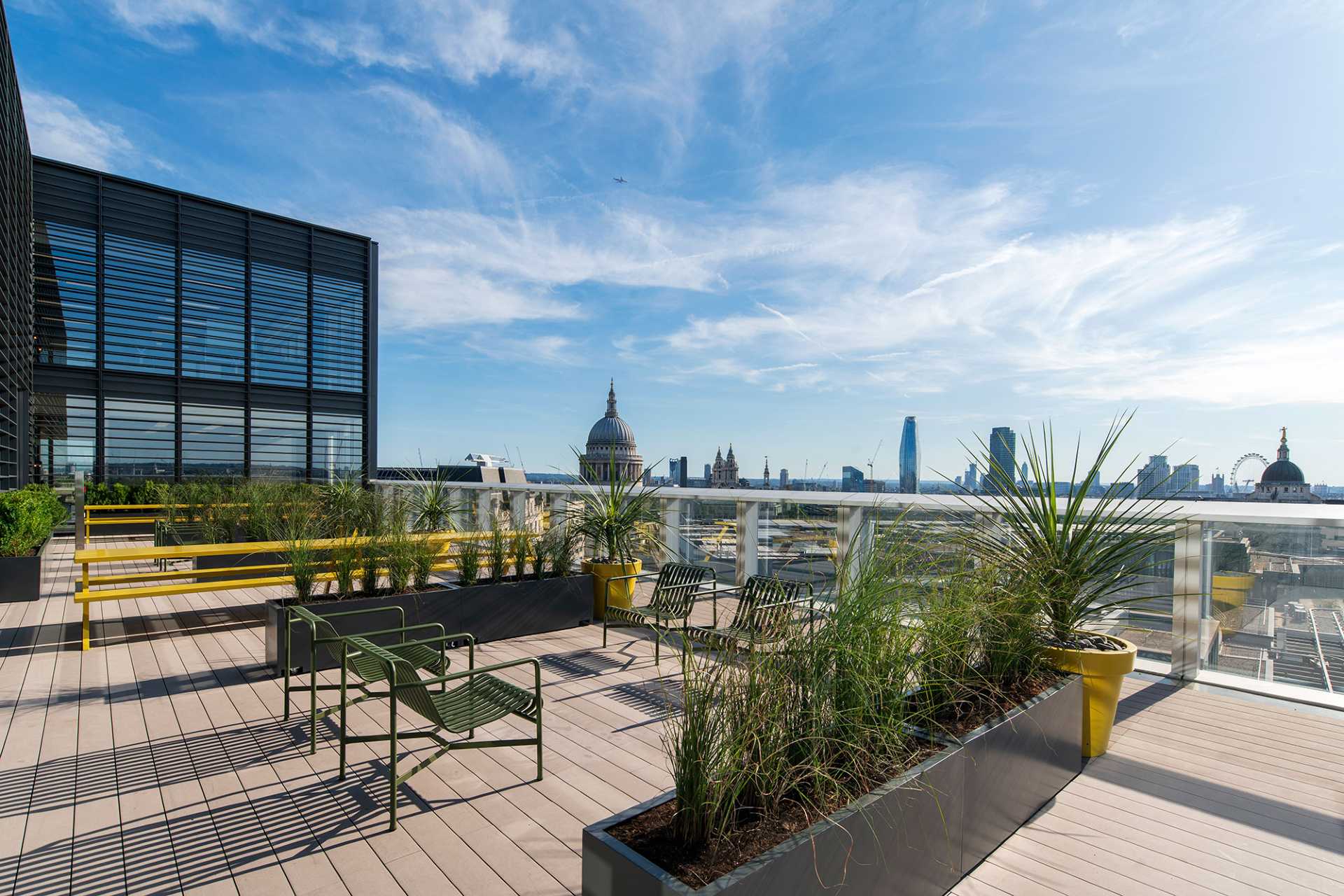
Landlords will turn more towards ready-to-work spaces, as will large corporates. In fact, we have seen this recently with John Lewis changing its working environment. Large companies that no longer need so much space will look to share this with start-ups and fledgling companies with incubator spaces starting to develop.
For more content on the office of the future, click here.
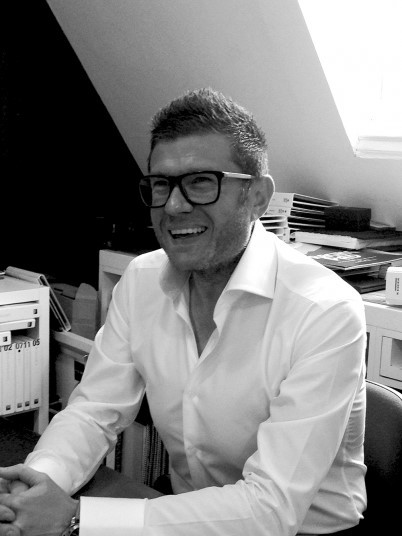
Images: Peldon Rose’s recent project with The Trade Desk
Content Team
Work in Mind is a content platform designed to give a voice to thinkers, businesses, journalists and regulatory bodies in the field of healthy buildings.




